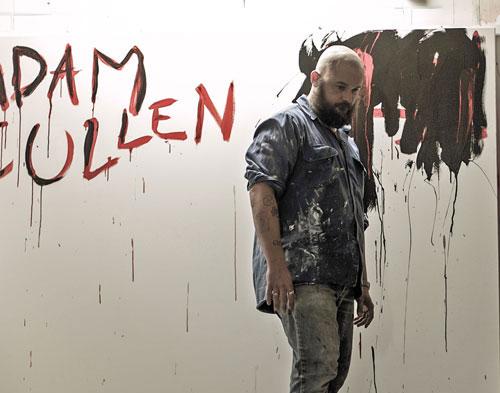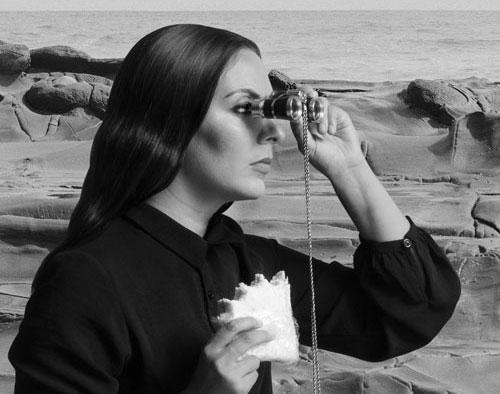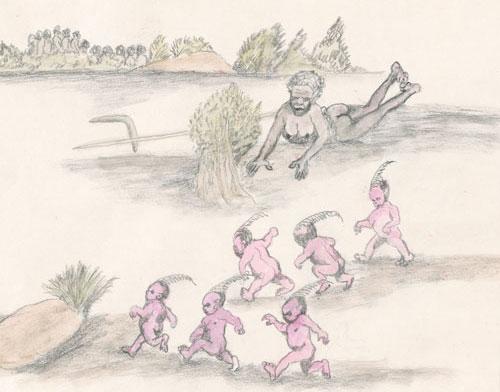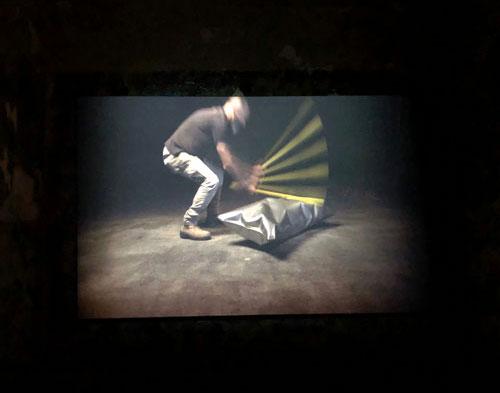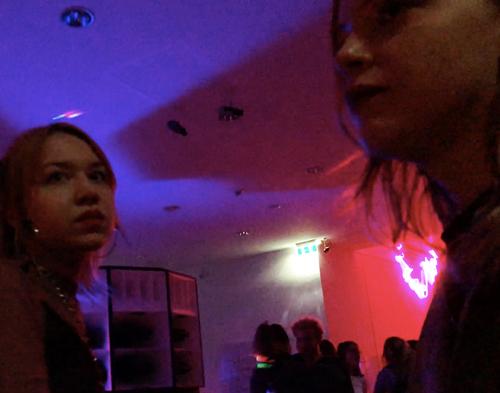James Newitt: Working with the trouble
I picture James Newitt in exile, in a state of isolation. On this occasion, he has withdrawn to a small, handmade islet (a raft) that for a time was to be found floating in Tasmania’s Derwent River, so close to the shore that we could watch him doing nothing out there. Newitt invited an audience to witness his off‑shore departure and wave him goodbye for My Secession Party (2011). His leaving started as a rumour that swelled into a party as he boarded his handmade floating home.

